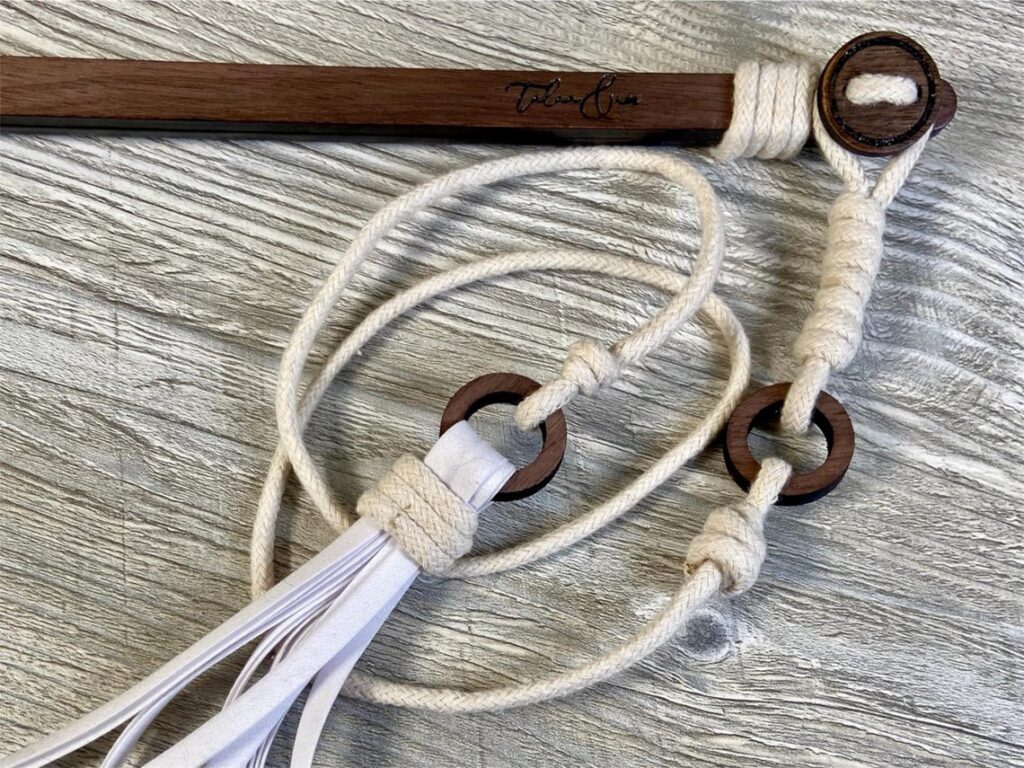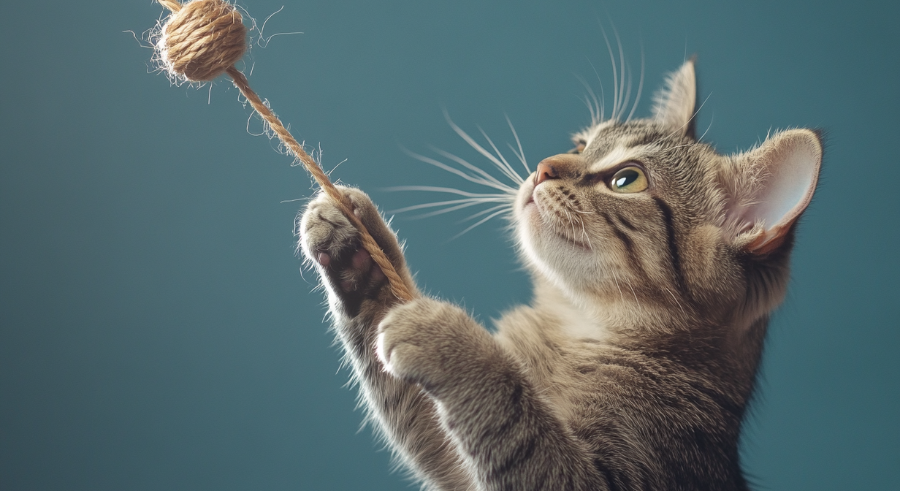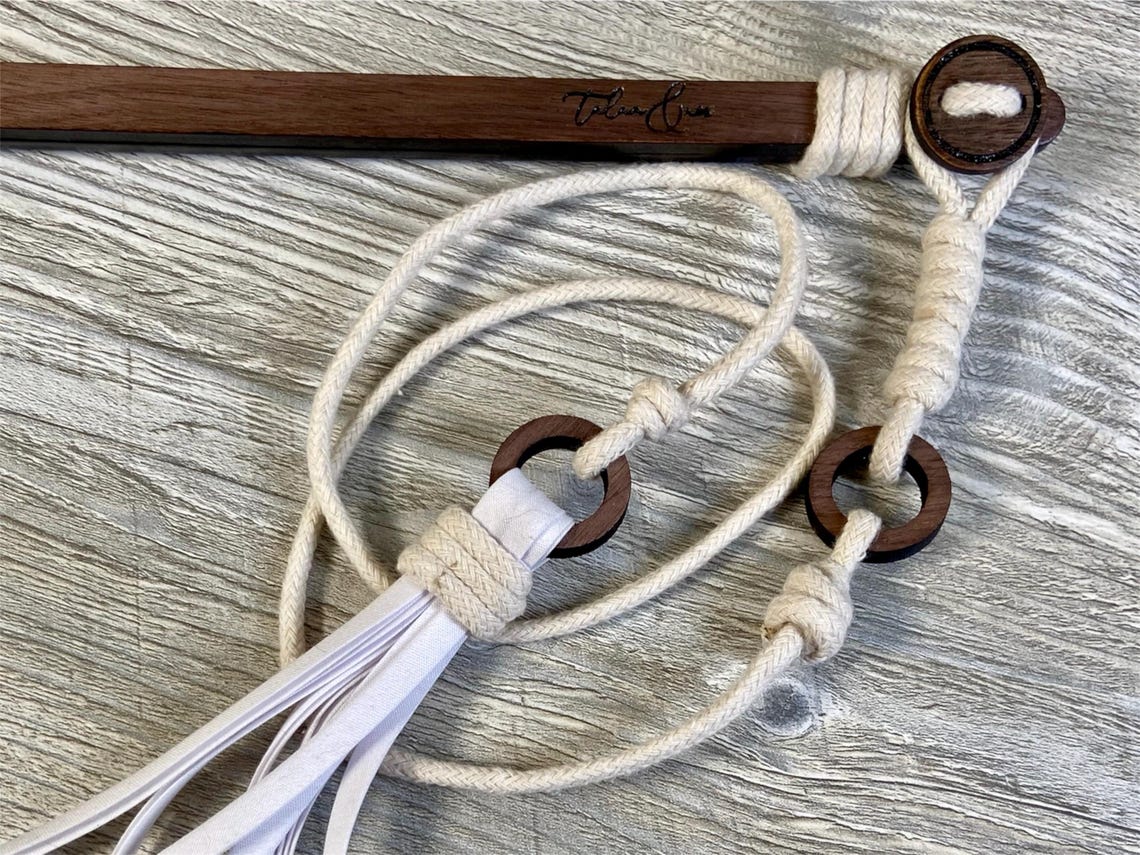Why Choosing Safe and Eco-Friendly Materials for Cat Toys Matters
As pet parents, we want the very best for our feline friends, from their nutrition to their playtime. One aspect that’s often overlooked is the quality of the toys we give them, which play a big role in their mental and physical well-being. Unfortunately, not all toys are made equal; some contain harmful materials that can be detrimental to both your cat’s health and the environment. Choosing eco-friendly, non-toxic toys ensures that our cats can play safely while reducing our environmental impact. Here’s why choosing the right materials is so important.

1. Protecting Your Cat’s Health
Cats are naturally curious and love to chew, bat, and bite their toys, which means they’re directly exposed to whatever materials those toys are made from. Many cheap, mass-produced toys contain plastics, dyes, or chemicals that can be toxic if ingested. Choosing toys made from organic cotton, hemp, natural rubber, or untreated wood can eliminate the risk of exposing your cat to harmful substances. These materials are not only safer but often more durable, meaning they’ll withstand your cat’s play habits and last longer.
2. Reducing Plastic Waste
Plastic is everywhere, but it’s one of the least eco-friendly materials around. Most plastic toys are not biodegradable, meaning they’ll eventually end up in a landfill or, worse, polluting our oceans and harming wildlife. By selecting cat toys made from natural, renewable materials, you’re reducing your carbon footprint and supporting companies committed to sustainability. Look for toys made from materials like recycled paper, sisal, or felt made from recycled fibers, all of which are more biodegradable and environmentally responsible.
3. Supporting Sustainable Brands
Choosing eco-friendly materials goes hand-in-hand with supporting brands that prioritize sustainability. Many small, eco-conscious companies invest in quality materials and ethical production processes, aiming to create products that are both safe for pets and kind to the planet. By supporting these brands, you help encourage a shift in the pet industry toward better practices. Look for brands that are transparent about their materials and manufacturing processes; certifications such as organic, Fair Trade, or FSC-certified wood can be helpful indicators of a brand’s commitment to sustainability.
4. Encouraging Natural Behaviors
High-quality, eco-friendly materials like sisal or untreated wood often do more than just reduce waste; they also mimic textures found in nature, encouraging healthy scratching, pouncing, and hunting behaviors. These materials appeal to cats’ natural instincts and are often more satisfying for them to engage with, making playtime more enriching and interactive.
5. Setting a Positive Example
Choosing safer, eco-friendly options for your pet’s toys is a simple yet impactful way to set a positive example. It’s a chance to demonstrate the importance of sustainable choices in all aspects of life, even the smallest ones. By making these conscious decisions for our pets, we inspire others to consider eco-friendly, ethical alternatives for their homes too.
Making the Switch
Switching to eco-friendly cat toys may seem like a small step, but it can make a world of difference for your pet’s health and for our planet. Look for local artisans, pet stores, and online brands that offer natural or sustainably sourced materials, and don’t be afraid to get creative and DIY toys from safe, recycled materials at home. Your cat—and the earth—will thank you for it!
In the end, choosing eco-friendly, high-quality toys for your cat is a meaningful way to support their health, respect the environment, and ensure playtime is as safe and fun as it can be.



